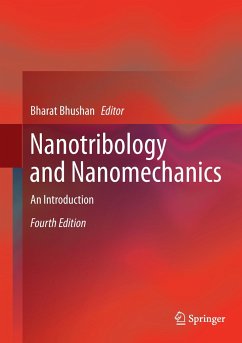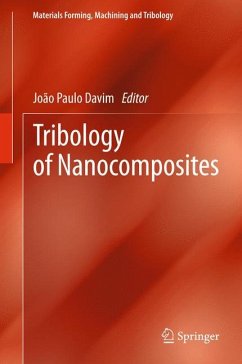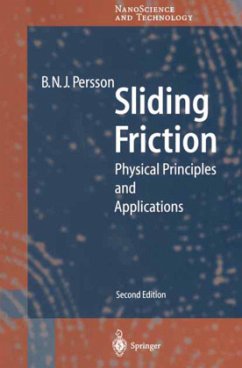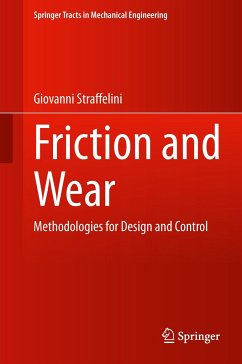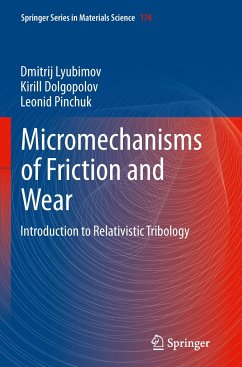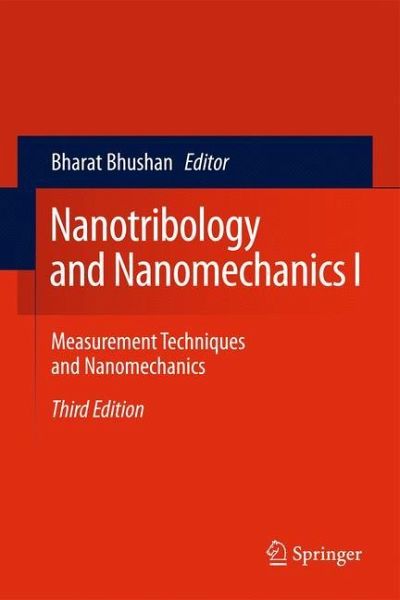
Nanotribology and Nanomechanics I
Measurement Techniques and Nanomechanics
Herausgegeben: Bhushan, Bharat

PAYBACK Punkte
19 °P sammeln!
Nanotribology and Nanomechanics provides a timely, practical introduction to the principles of nanotribology. The chapters integrate knowledge of the field from mechanics and materials science perspectives, covering key measurement techniques, their applications, and theoretical modelling of interfaces.
In the past we published a subset of the Springer Handbook of Nanotechnology in two editions as graduate textbook Nanomechanics and Nanotribology . However, the size of the book grew to 1536pages in the second edition. In addition, the sales of were quite low: The second edition sold 322 copies in two years at 119 .
Therefore we decided to split the book into two parts and have both POD suitable. The natural breaking point is the devision in fundamental nanomechanical measurement methods (AFM, STM) in the first volume and the consequences of Nanomechanics for Tribology and Lubrication.
Therefore we decided to split the book into two parts and have both POD suitable. The natural breaking point is the devision in fundamental nanomechanical measurement methods (AFM, STM) in the first volume and the consequences of Nanomechanics for Tribology and Lubrication.





